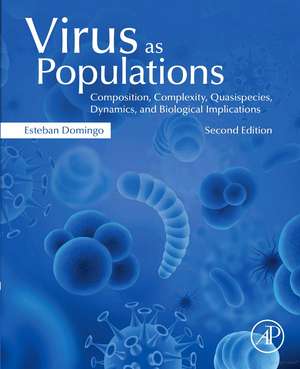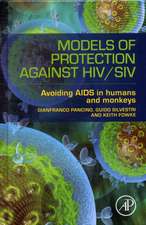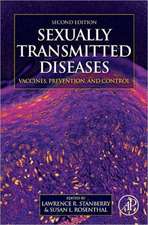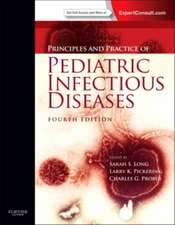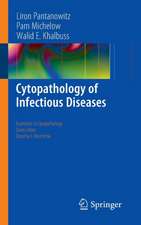Virus as Populations: Composition, Complexity, Dynamics, and Biological Implications
Autor Esteban Domingoen Limba Engleză Paperback – 13 oct 2015
- Features current views on the key steps in the origin of life and origins of viruses
- Includes examples relating ancestral features of viruses with their current adaptive capacity
- Explains complex phenomena in an organized and coherent fashion that is easy to comprehend and enjoyable to read
- Considers quasispecies as a framework to understand virus adaptability and disease processes
Preț: 448.95 lei
Preț vechi: 572.99 lei
-22% Nou
Puncte Express: 673
Preț estimativ în valută:
85.90€ • 89.93$ • 71.08£
85.90€ • 89.93$ • 71.08£
Carte tipărită la comandă
Livrare economică 31 martie-14 aprilie
Preluare comenzi: 021 569.72.76
Specificații
ISBN-13: 9780128008379
ISBN-10: 0128008377
Pagini: 428
Dimensiuni: 191 x 235 x 23 mm
Greutate: 0.89 kg
Editura: ELSEVIER SCIENCE
ISBN-10: 0128008377
Pagini: 428
Dimensiuni: 191 x 235 x 23 mm
Greutate: 0.89 kg
Editura: ELSEVIER SCIENCE
Cuprins
1. Introduction to Virus Origins and Their Role in Biological Evolution2. Molecular Basis of Genetic Variation of Viruses 3. Darwinian Principles Acting on Highly Mutable Viruses4. Dynamics of Virus Populations and Their Hosts5. Viral Fitness as a Measure of Adaptation 6. Virus Population Dynamics Examined with Experimental Model Systems 7. Long-term Virus Evolution in Nature8. Quasispecies Dynamics in Disease Prevention and Control9. Trends in Antiviral Strategies10. Collective Population Effects in Non-Viral Systems
